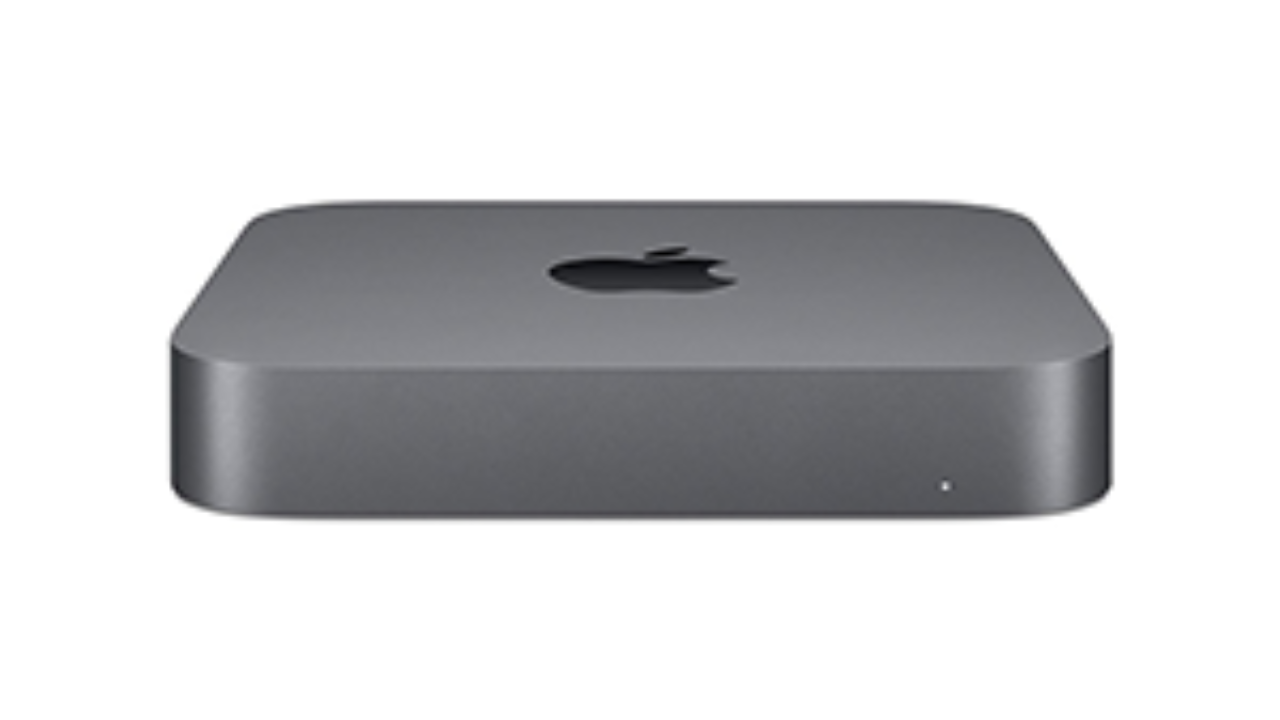
- #How many core if late 2012 mac mini i7 2.6 for mac
- #How many core if late 2012 mac mini i7 2.6 pro
- #How many core if late 2012 mac mini i7 2.6 plus
We will loosen up tomorrow and post same game benchmarks. Nothing was needed for Photoshop because the OpenCL box was already checked in Advanced Graphics Processor Settings.
#How many core if late 2012 mac mini i7 2.6 pro
We did the same thing with Premiere Pro adding it to the lists of approved CUDA and OpenCL supported cards. We used the "sudo nano" command in Terminal to add the 680MX to the list of "raytracer_supported_cards" in the app package contents folder. GEEK BIT: Since the 2012 iMac is so new, it isn't on Adobe's list of approved GPUs for After Effects.

GT 650M = GeForce GT 650M in 'mid 2012' (15") Retina MacBook Pro 2.7GHz Core i7 GTX 285 = GeForce GTX 285 in 'mid 2010' Mac Pro 3.33GHz Hex-Core Xeon
#How many core if late 2012 mac mini i7 2.6 for mac
Q4000 = Quadro 4000 for Mac in 'mid 2010' Mac Pro 3.33GHz Hex-Core Xeon GTX 680MX = GeForce GTX 680MX in 'late 2012' (27") iMac 3.4GHz Core i7 GTX 680C = GeForce GTX 680 Classified in 'mid 2010' Mac Pro 3.33GHz Hex-Core Xeon See the Legend to find out which Mac was hosting that GPU. Notice the time is in MINUTES, not seconds. Our sample is a 6 second 1280x720 project. The ultimate GPU render handoff from the CPU is the Ray Trace 3D render in After Effects CS6. The design is the same: it is a cuboid aluminum casing with an internal power unit, a Thunderbolt port, a removable panel on the bottom to provide an access to upgradeable. The players have changed but the game is the same. The Mac mini (2.6GHz Intel Core i7, Late 2012) is the build-to-order iteration of the Mac mini (2.5GHz Intel Core i5, Late 2012) but with a faster top-class Intel processor.
#How many core if late 2012 mac mini i7 2.6 plus
Plus we added results for the GeForce G680 Classified as well. The graphs were updated accordingly on January 30th. The same is true for the GeForce GT 650M in the Retina MacBook Pro. When we removed it from the OpenCL list, Premiere Pro reported that it was using CUDA acceleration and the render times for Gaussian Blur and Fast Color Correction dropped. Turns out that having it in both lists confuses Premiere Pro. However, we also added it to the OpenCL supported cards list. To get the Premiere Pro to recognize the iMac's GeForce 680MX as a CUDA supported card, we edited the "approved" list in the app's Contents folder. The newest, fastest CTO iMac, the 'late 2012' 3.4GHz Quad-Core i7 (Ivy Bridge) with the NVIDA GeForce TX 680MX, wins one out of three CPU intensive tests and five out of five GPU intensive tests. (Target speed is 29.9FPS.) HIGHER number means FASTER. LOWER number means FASTER.ĭaVinci Resolve - playback 30 second Apple ProRes 422 (HQ), 1920 x 1080 video sequence with three nodes and no limit to playback speed. Photoshop CS6 - render Tilt/Shift filter on 6000x4500 pixel test image. Photoshop CS6 - render Iris Blur (OpenCL) filter on 6000x4500 pixel test image. Premiere Pro CS6 - render Fast Color Correction on 30 second Apple ProRes 422 (HQ), 1920 x 1080 video sequence. Premiere Pro CS6 - render Gaussian Blur on 30 second Apple ProRes 422 (HQ), 1920 x 1080 video sequence.

Photoshop CS6 - Render Reduce Noise filter on 6000x4500 pixel sample image. Premiere Pro CS6 - Render Unsharp Mask on 30 second Apple ProRes 422 (HQ), 1920 x 1080 video sequence. After Effects CS6 - Render Total Training Benchmark project with Multiprocessing enabled.


 0 kommentar(er)
0 kommentar(er)
